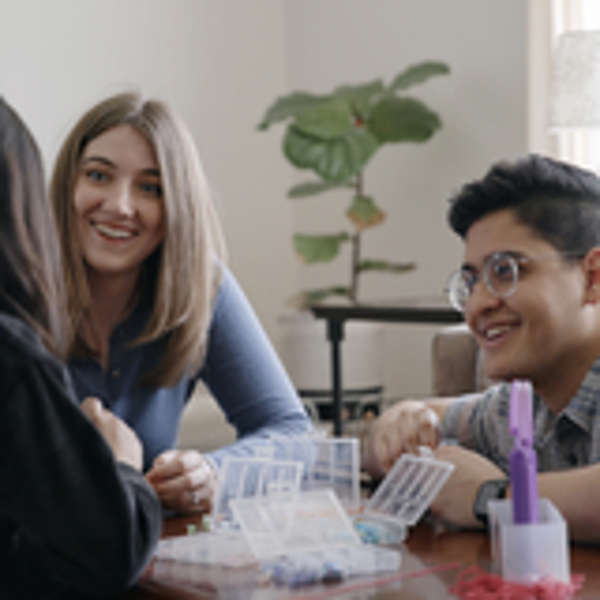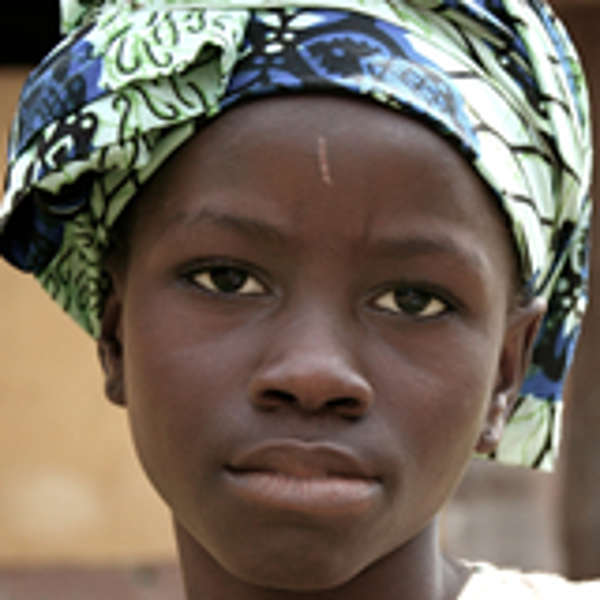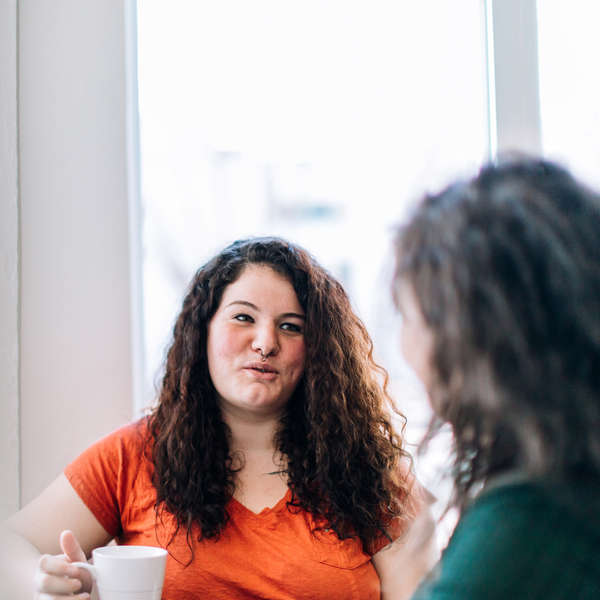The Church could give every U.S. waiting child a home
Q&A with Dr. Kimberly Offutt, Executive Branch Director, Bethany Christian Services of Georgia

Of the 443,000 U.S. children in foster care, around 125,000 need a permanent home and are ready to be adopted. It’s easy to get overwhelmed by these big numbers, but consider this: there are nearly 400,000 churches in America—if just one family from every third church adopted a child from foster care, every waiting child would have a home.
Dr. Kimberly Offutt shares her passion for waiting kids in foster care and suggests practical ways the Church can help.
What is your personal connection to foster care and adoption? I started working at Bethany in 2003 as a foster care adoption recruiter. I’d visit churches and talk about the Scripture that says caring for orphans is “pure and faultless religion” (James 1:27). My goal was to build relationships and recruit families who would open their hearts and homes to waiting kids.
Well, God—in His wisdom and sense of humor—said, “Listen, Sweetie, before you go tell somebody else what they should be doing, you do it.” So the first adoptive family I recruited was my own! My husband and I agreed, when we got married, that we’d adopt someday. But we thought we’d adopt a young child, between the ages of 0 and 3, and we’d have “our own” kids.
Back then, there were books featuring kids who were waiting for forever homes. I saw the little 1-year-olds who were available for adoption, and I thought, Maybe I should call and find out about them. But every time I flipped through the book, I kept seeing this 9-year-old boy. I couldn’t look in his eyes without choking up. I shared his picture with a friend who said, “Maybe you should call about him.”
There’s no other way I can explain this—God gave me a mother’s heart for that child. I cried. I prayed. I was literally under my desk, weeping over this child who would become my son.
I called and left a message for the social worker: “Hello, I’m a recruiter from Bethany Christian Services, and I think I’ve found a family for 9-year-old Darius.” She called me back within minutes, and I told her the truth—the family was mine.
Darius was our first. We went on to adopt again—four older children from foster care who are now young adults. I also have three biological children and six grandbabies. We’re a busy family!
What do you think holds families back from fostering or adopting? We hear so many negative things about foster care. We hear about “damaged kids,” and families are afraid to take the risk. Or they talk themselves out of being a foster parent or adopting because they think they’re too old, they don’t think they have enough money, or they’re single and think they have to be married or that they can’t do this alone. Negative stories are glorified. But I believe that if people could just look these children in the eye, they’d see they’re just kids who come from hard places.
Can you share a story about a child whose life was changed by adoption? Cody was adopted at 16. He loved Marvel comics, and at his finalization hearing, the courtroom was full of family and friends wearing superhero shirts.
Cody had a poster that said, “I spent 3,761 days in foster care.” Think about that—this child spent more than 10 years waiting for his forever family. Cody’s age didn’t stop this family. The trauma he’d experienced didn’t stop this family. It was beautiful to see God bring this family together.
What is Bethany’s role in the foster care process? State governments work alongside Bethany, a private agency, to find foster families that can provide care and support for children when they enter foster care. Foster care is intended to be a temporary solution to what should be a temporary problem, so the goal is always to reunify children with their families. When kids cannot safely return home, we begin to search for an adoptive family.
What are the steps if someone wants to become a foster parent or adopt a child through foster care? We begin with orientation to ensure you know what you’re getting into. You’ll work with the state, with Bethany, and with the court systems as part of a team to provide a safe home, health, and healing for our kids. Families go through intensive training, and then they begin the home study process. That includes background checks and clearances, fingerprints, and a home visit where we come in and ensure that your home is safe. We assess your community, your marriage (if you’re married), and your family (including biological children, if applicable). Some people say it’s intrusive—and I understand that as an adoptive parent myself. But children come into foster care because of neglect or abuse, so we want to be sure your home is safe for them. Once you complete your training and assessment—usually within three to six months—you’ll be licensed and ready to begin caring for a child.
How can Christians better address the foster care crisis in America? When I first started at Bethany, I was knocking on churches’ doors. I found their eyes and their hearts to be open, and churches are doing more. Today they’re knocking on Bethany’s doors, saying, “How can we help? How can we get this message out?” I know of churches that are prayer partners and others that have launched foster care and adoption ministries.
If one family in one church adopted a child, imagine how that church could surround and support that family. Not everyone can be a foster parent or that adoptive parent, but we all have something we can offer. You can pray, bring meals, help with transportation, babysit, mentor, help financially, cut their grass—the list goes on. You can also get your kids involved and show them how they can be part of something bigger than themselves.
Click to listen to the full interview. Learn more, or take the next step at Bethany.org/FosterCare or Bethany.org/FosterCareAdoption.



